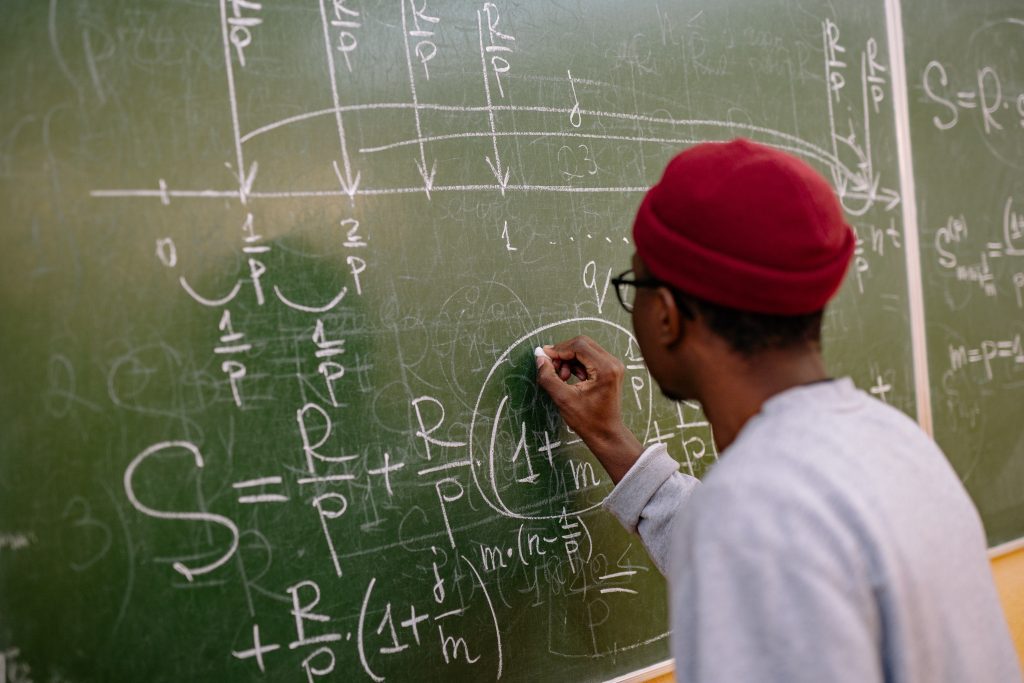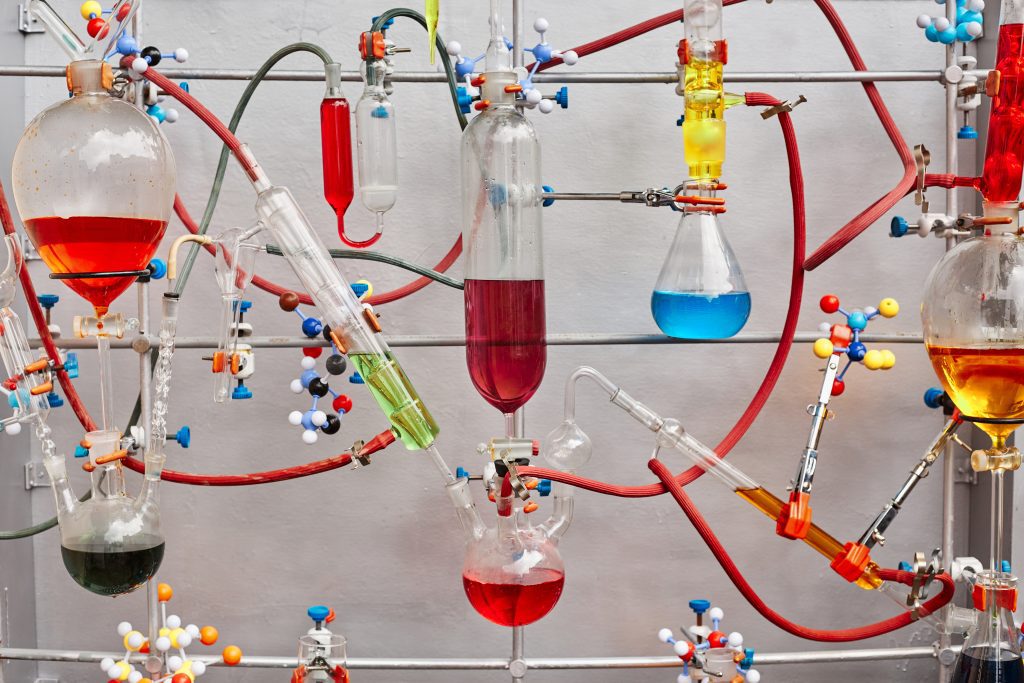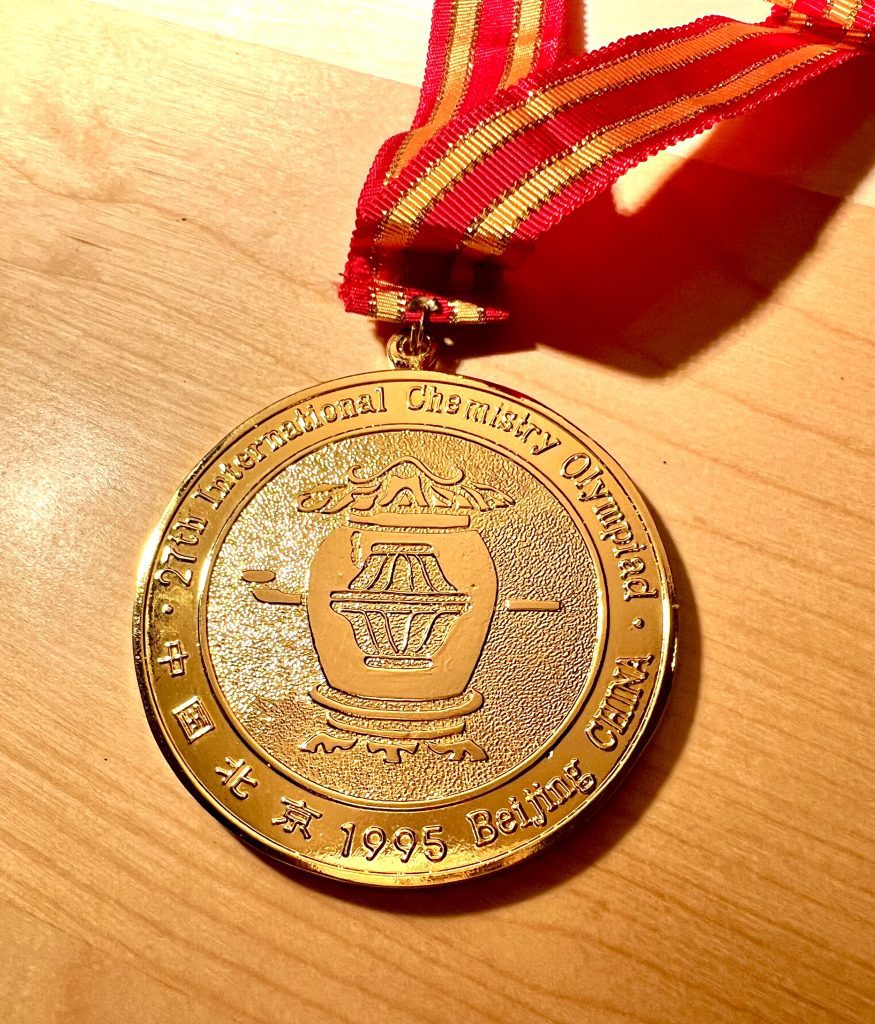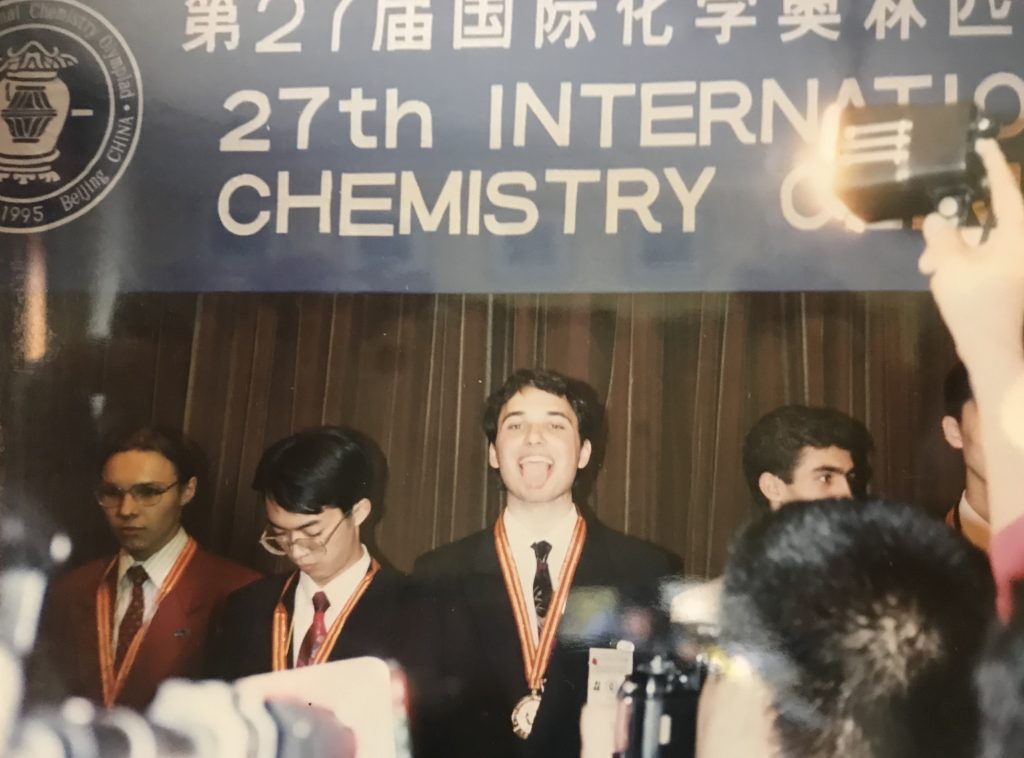Research Internship
Our group can allocate one or two slots per semester for a research internship of HS students in the Orlando area. If you are past sophomore, you have a burning passion for quantum mechanics, atomic and molecular physics, or the theoretical aspects of chemistry, and you wish to work at a research project, feel free to reach out.
The individual sciences olympiads
Each year, American scientific professional societies organize multi-tiered national olympiads in their discipline, directed to high-school students. Participating to the US Physics Olympiad or to the US Chemistry Olympiad competition is highly beneficial to students’ academic career. If you are selected for the training camp, rest assured that your chances of getting in top universities skyrocket. More in general, however, participating to a science olympiad is a rewarding experience: you are exposed to intellectually stimulating problems, and you become part of a community of peers who care about science as much as you do.
The Theoretical Attosecond Science group is open to visit schools to illustrate the content of the F=ma exam and of the Local and National US Chemistry Olympiad, to hold seminars for interested instructors from the greater Orlando area, and to tutor talented high-school students from Central Florida. Contact us if you are interested.
US Physics Olympiad

Each year, AAPT and the American Institute of Physics (AIP) sponsor a national competition for high school students to determine the students that will represent the United States at the International Physics Olympiad competition (IPhO). The national selection takes place in three stages: 1) the F=ma competition, held in January, a 75-minute exam that features 25 multiple-choice questions on classical mechanics; 2) the USA Physics Olympiad, a three-hour free-response exam on disparate physics topics; 3) a training camp for about 20 members of the U.S. Physics team at the end of which five students will be selected to represent the U.S. at the IPhO.
Students with an interest in physics should ask their instructors to register their school and offer them the chance of participating to the F=ma competition. As a rule of thumb, if you have taken an AP Physics course, you are good to go. But even if you haven’t, you can still learn the ropes on your own, through online video resources, courses, textbooks, forums, etc. The Theoretical Attosecond Science group is open to visit schools to illustrate the content of the exam, to hold seminars for interested instructors from the greater Orlando area, and to tutor talented high-school students from Central Florida. Contact us if you are interested.
How do I prepare for the F=ma competition?
The best way to prepare for the Olympiad (and to any subject in any STEM discipline, really) is solving problems in past exams, which you can find here. To prepare for the F=ma competition, do the following:
- get in a quite place, with a chair, a table, a computer, a pile of paper and a pen
- download one of the past F=ma tests (not the solutions!)
- answer all the questions to the best of your knowledge. Keep track of the time elapsed as you proceed, and flag the questions you are not sure above (e.g., if you do not know a specific concept, such as angular velocity, moment of inertia, linear momentum, etc.)
- When you are done with the whole test, take a short break (10-15 min)
- Go through each of the questions you are unsure about and try to figure out what the right answer should have been with the help of a textbook (see references below). Annotate your revised answer on the side of your original one, regardless of whether it is the same or it differs from the original one you came up with.
- Now download the solutions to the exam. Starting from the 2018 exam, the solutions include both the key and a succinct explanation of how the right answer can be obtained, whereas the solutions to prior exams (2008-2017) only give the keys. Compare the keys with your answers and flag those you got wrong. Go through each of the problems for which you gave an incorrect answer and, based on your knowledge of what the right answer is, try to figure out how you should have proceeded to obtain it.
- Take another short break.
- Summarize in a spreadsheet: the exam (e.g., F=ma 2018 A), the time it took to you to solve it the first round, the number of answers you got right before and after consulting a textbook, the number of answers you managed to figure out after knowing what the key was, all the conceptual and practical mistakes you made, and all the concepts you are unsure about.
- Pick your favorite textbook, and study carefully the chapter(s) associated to the topics you are not sure about. As you go through the text, flag and name the relevant concepts and formulas, solve the examples without looking at the solutions first, summarize in your head and with the help of a piece of paper the concepts in the chapter, solve problems at the end of the chapter.
Treat yourself to a good night of sleep before repeating the same. Go over as many exams as you can (it is best if you take at least four or five exams). Each of these self-training sessions can last anywhere between two and five hours, depending on how much material you need to study in the learning resources. It is important, therefore, to plan ahead and block out the slots of time in your agenda you wish to dedicate to this activity. You will see that dedication will be rewarded by significant improvements.
To study, you can use as reference the OpenStax textbooks, which are freely available online (there are versions at all levels: high school, AP, algebra based, and calculus based). If you do not mind investing some $, you may consider purchasing another textbook. While at this level most textbooks are pretty good, I still have a penchant for Fundamentals of Physics, by Halliday, Resnick, and Walker. If you are already advanced in your studies, you may want to take a look at the legendary Feynman Lectures on Physics, which are freely available online through Caltech’s Division of Physics, Mathematics and Astronomy.
In 2023, the F=ma test was taken by 5173 students. 417 students (8%) received an invitation to take the USAPhO exam. The minimum score necessary to receive this invitation was 18 correct answers over 25. As a rule of thumb, therefore, you should aim at getting around 20 correct answers. While this test is highly selective, it can be passed if one goes through the focused training detailed above, distributed across several weeks. Indeed, while the exam typically contains a few very tough questions, a student can pass it even if they get those wrong, provided that they get the other ones right. Getting the simplest question right, therefore, should be your primary focus. That said, a handful students get all the answers right. Those are the students you are competing against, if your aim is to be selected for the training camp.
U.S. National Chemistry Olympiad

The U.S. National Chemistry Olympiad (USNCO) program is a chemistry competition for high school students, sponsored by the American Chemical Society since 1984. Like its Physics counterpart, the US Chemistry Olympiad program takes place in three phases
1) the Local Chemistry Olympiad, held each March, a 110-minute exam that features 60 multiple-choice questions on everything you can find in a good AP course (atomic and molecular electronic structure, stoichiometry in all flavors, laboratory practices, inorganic chemistry trivia, thermodynamics, states of matter and phase transitions, chemical equilibrium, redox reactions and cell potentials, kinetics, and just a taste of organic chemistry); 2) the National Chemistry Olympiad, a three-part exam administered to more than 1,000 students each April. National Exams are often hosted by ACS Local Sections at local universities and colleges; 3) The 20 top-scoring students from the National Exam spend two weeks at a Study Camp in June to undergo rigorous training. Based on their performance, four students are chosen to represent the U.S. at the International Chemistry Olympiad.

Students with an interest in chemistry should ask their instructors to contact the local USChO coordinator to enroll their school: participation is free!
The Theoretical Attosecond Science group is open to visit schools to illustrate the content of the exam, to hold seminars for interested instructors from the greater Orlando area, and to tutor talented high-school students from Central Florida. Contact us if you are interested.
To practice for the Chemistry Olympiad, you can follow the same protocol suggested for the F=ma stage of the Physics Olympiad, but using the chemistry exams, which you can download here.
As a reference for general chemistry, you can use the OpenStax Chemistry Textbook. If you really are into organic chemistry, or if you think you do have a shot at passing the national competition, then it is a good idea to have also a look at a textbook dedicated to organic chemistry. As it happens, John McMurry, the author of one of the most popular textbook of organic chemistry has decided to make his book freely available through OpenStax.
In his long-lost youth, the group PI used to represent Italy at the International Chemistry Olympiad (Oslo 1994, Beijing 1995). This participation was instrumental to his commitment to science at a level sufficient to engage in a rewarding academic career. Based on this positive experience, we believe it is in the interest of our group that high-schools in Central Florida, of all extractions, develop a vibrant culture of excellence, endurance, and openness to challenges that participation to the Olympiads promotes.

